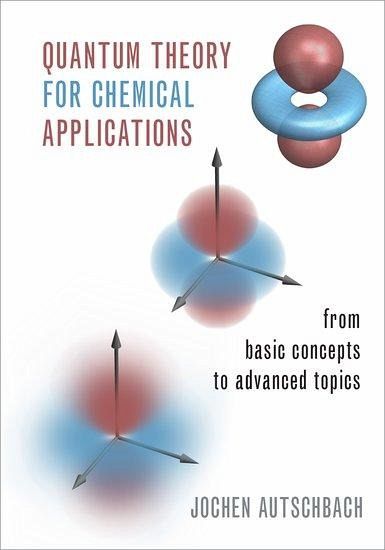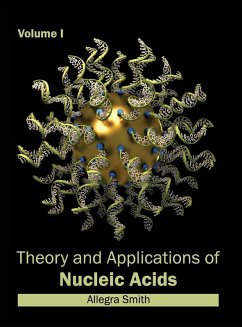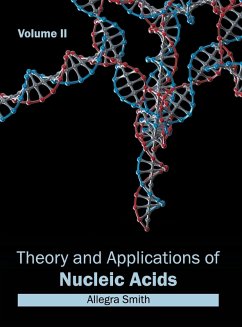
Quantum Theory for Chemical Applications
From Basic Concepts to Advanced Topics
Versandkostenfrei!
Versandfertig in 1-2 Wochen
114,99 €
inkl. MwSt.
Weitere Ausgaben:

PAYBACK Punkte
57 °P sammeln!
Quantum theory and computational chemistry have become integral to the fields of chemistry, chemical engineering, and materials chemistry. Concepts of chemical bonding, band structure, material properties, and interactions between light and matter at the molecular scale tend to be expressed in the framework of orbital theory, even when numerical calculations go beyond simple orbital models. Yet, the connections between these theoretical models and experimental observations are often unclear. It is important--now more than ever--that students master quantum theory if they are going to apply che...
Quantum theory and computational chemistry have become integral to the fields of chemistry, chemical engineering, and materials chemistry. Concepts of chemical bonding, band structure, material properties, and interactions between light and matter at the molecular scale tend to be expressed in the framework of orbital theory, even when numerical calculations go beyond simple orbital models. Yet, the connections between these theoretical models and experimental observations are often unclear. It is important--now more than ever--that students master quantum theory if they are going to apply chemical concepts. In this book, Jochen Autschbach connects the abstract with the concrete in an elegant way, creating a guiding text for scholars and students alike. Quantum Theory for Chemical Applications covers the quantum theory of atoms, molecules, and extended periodic systems. Autschbach goes beyond standard textbooks by connecting the molecular and band structure perspectives, covering response theory, and more. The book is broken into four parts: Basic Theoretical Concepts; Atomic, Molecular, and Crystal Orbitals; Further Basic Concepts of Quantum Theory; and Advanced Topics, such as relativistic quantum chemistry and molecule-light interactions. The foresight Autschbach provides is immense, and he sets up a solid theoretical background for nearly every quantum chemistry method used in contemporary research. Because quantum theory tells us what the electrons do in atoms, molecules, and extended systems, the pages in this book are full of answers to questions both long-held and never-before considered.













